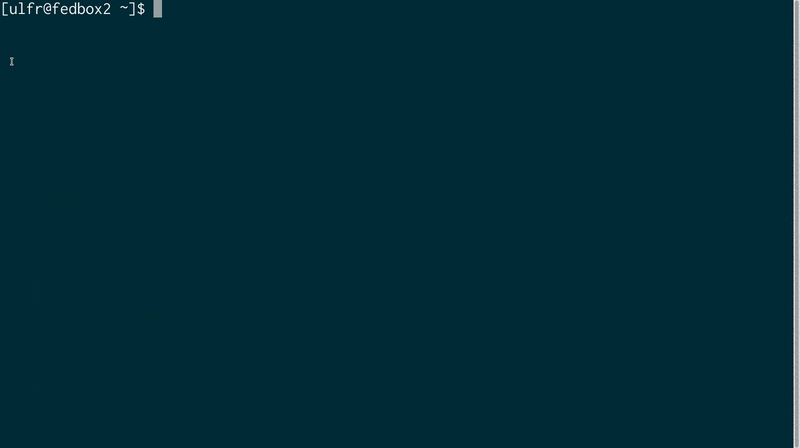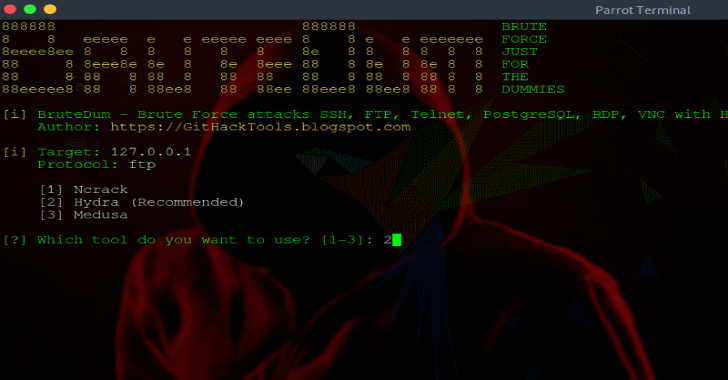MIG is Mozilla’s platform for investigative surgery of remote endpoints. You can spin up a local-only MIG setup using docker.
The container is not suitable for production use but lets you experiment with MIG quickly, providing a single container environment that has most of the MIG components available.
To pull from Docker Hub:
$ docker pull mozilla/mig
$ docker run -it mozilla/mig
Or, if you have the source checked out in your GOPATH you can build your own image:
$ cd $GOPATH/src/github.com/mozilla/mig
$ docker build -t mozilla/mig:latest .
$ docker run -it mozilla/mig
Once inside the container, you can use the MIG tools to query a local agent, as such:
mig@5345268590c8:~$ /go/bin/mig file -t all -path /usr/bin -sha2 5c1956eba492b2c3fffd8d3e43324b5c477c22727385be226119f7ffc24aad3f
1 agents will be targeted. ctrl+c to cancel. launching in 5 4 3 2 1 GO
Following action ID 7978299359234.
1 / 1 [=========================================================] 100.00% 0/s4s
100.0% done in 3.029105958s
1 sent, 1 done, 1 succeeded
ed11f485244a /usr/bin/wget [lastmodified:2016-07-05 15:32:42 +0000 UTC, mode:-rwxr-xr-x, size:419080] in search ‘s1’
1 agent has found results
Also Read – Sherlock : Find Usernames Across Social Networks
What is this?
MIG is composed of agents installed on all systems of an infrastructure that are be queried in real-time to investigate the file-systems, network state, memory or configuration of endpoints.
Imagine it is 7am on a saturday morning, and someone just released a critical vulnerability for your favorite PHP application.
The vuln is already exploited and security groups are releasing indicators of compromise (IOCs). Your weekend isn’t starting great, and the thought of manually inspecting thousands of systems isn’t making it any better.
MIG can help. The signature of the vulnerable PHP app (the md5 of a file, a regex, or just a filename) can be searched for across all your systems using the file module.
Similarly, IOCs such as specific log entries, backdoor files with md5 and sha1/2/3 hashes, IP addresses from botnets or byte strings in processes memories can be investigated using MIG. Suddenly, your weekend is looking a lot better.
And with just a few commands, thousands of systems will be remotely investigated to verify that you’re not at risk.

MIG agents are designed to be lightweight, secure, and easy to deploy so you can ask your favorite sysadmins to add it to a base deployment without fear of breaking the entire production network.
All parameters are built into the agent at compile time, including the list and ACLs of authorized investigators. Security is enforced using PGP keys, and even if MIG’s servers are compromised, as long as our keys are safe on your investigator’s laptop, no one will break into the agents.
MIG is designed to be fast, and asynchronous. It uses AMQP to distribute actions to endpoints, and relies on Go channels to prevent components from blocking.
Running actions and commands are stored in a Postgresql database and on disk cache, such that the reliability of the platform doesn’t depend on long-running processes.
Speed is a strong requirement. Most actions will only take a few hundreds milliseconds to run on agents. Larger ones, for example when looking for a hash in a big directory, should run in less than a minute or two. All in all, an investigation usually completes in between 10 and 300 seconds.
Privacy and security are paramount. Agents never send raw data back to the platform, but only reply to questions instead. All actions are signed by GPG keys that are not stored in the platform, thus preventing a compromise from taking over the entire infrastructure.
Technology
MIG is built in Go and uses a REST API that receives signed JSON messages distributed to agents via RabbitMQ and stored in a Postgres database.
It is:
- Massively Distributed means Fast.
- Simple to deploy and Cross-Platform.
- Secured using OpenPGP.
- Respectful of privacy by never retrieving raw data from endpoints.
Check out this 10 minutes video for a more general presentation and a demo of the console interface.
MIG was recently presented at the SANS DFIR Summit in Austin, Tx. You can watch the recording below:

















